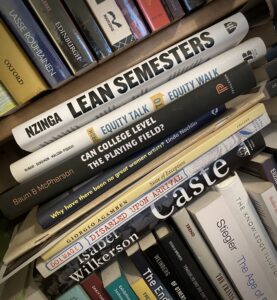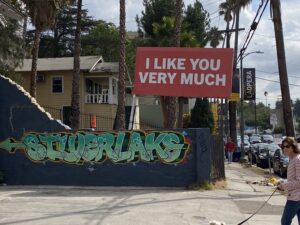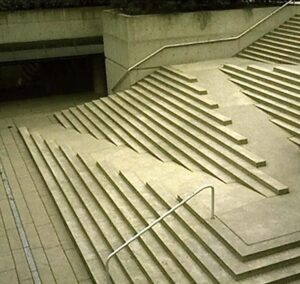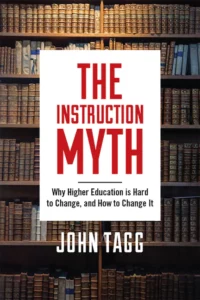Disability awareness has increased in recent decades, along with a growing academic field dedicated to it. Partly this is due to the concerns of a large aging baby boomer population. Disability advocacy groups are becoming increasingly vocal. Yet despite incremental advancements in affordances and civil also rights, the specter of normalcy persists. In many areas of life –– from employment and housing to education and medical care –– bias, discrimination, and uneasiness can negatively impact people with disabilities.
Even though no longer uniformly cast as outsiders, many with disabilities entering “ableist” society do so at a price. Social awkwardness or a reluctance to engage someone with a disability remain commonplace. This type of misunderstanding can lead to stereotyping, with the assumption that a person in a wheelchair wants or needs assistance. There can be a lot of confusion when it comes to certain conditions, such as when a speech difference is construed as a cognitive deficit. Furthermore, people with disabilities are sometimes accused of exploiting their disabilities for unfair advantages.
Let’s face it. Majorities tend to view the world from their own perspective, expecting others to conform. This impulse is particularly strong in the U.S., where citizens cling to their rugged individualism. In one of the most competitive countries in the world, failures are more likely to be attributed to individual shortcomings than to any systematic problem. The result has been a distorted view of variances of many types, physical and mental abilities prominent among them. In what often is termed the “medical model” of disability, impairments are seen as illnesses in need of treatment or “cure.” Because the model only focuses on functional differences, it can reduce the person to a diagnosis, while “constructing disability” as a problem.
In the disability community, activists and scholars argue that a condition only becomes a disability when it is conceptualized as one. In its place, they advocate a “social model” of disability, focusing on accommodations, universal design, and inclusive attitudes. People with disabilities can, with the appropriate affordances, found a company like Apple Computer (Steve Jobs), conduct an orchestra (Itzhak Perlman), become poet laureate (Maya Angelou), or President of the United States (Franklin Roosevelt). Continue reading “Disability and the Politics of Cure”







